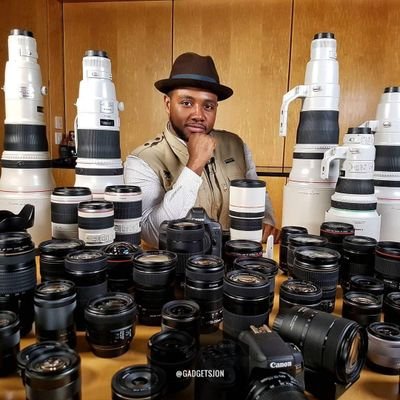
In recent years, the photography industry has witnessed a seismic shift in how we view lenses. Gone are the days when legacy manufacturers like Canon and Nikon dominated the market with their proprietary glass. Today, third-party lens makers such as Sigma, Tamron and Laowa have reputations for high-quality, innovative optics that rival or surpass those of first-party lenses.
One major catalyst for the shift was the mirrorless revolution, particularly Sony’s launch of its E-mount. With its accessible lens mount design and a limited selection of native glass, Sony inadvertently created an opportunity for third-party manufacturers to fill gaps in its lineup. Sigma capitalized on this by developing high-quality alternatives that often exceed the performance of native lenses at more competitive price points.
The introduction of adapters, starting with the Sigma MC-11 Mount Converter, was a game-changer, allowing photographers to transition to Sony’s E-mount system while retaining their existing Canon EF lenses. This not only helped bridge the gap between old and new systems but also showed the potential for third-party manufacturers to play a role in shaping the future of lens ecosystems.
For Panasonic, this partnership meant its S-series cameras could launch with an ecosystem of high-quality lenses, combining Leica’s optical expertise with Sigma’s innovative designs and competitive pricing.
For Sigma, the alliance elevated its status from a ‘third-party’ manufacturer to an equal partner in a premium, full-frame camera system, legitimising third-party manufacturers across the industry.
The rise of independent filmmaking and content creation also increased demand for affordable cinema lenses, a gap in the market that companies such as Samyang and Rokinon were quick to fill. Unlike photography, where autofocus performance was once a significant barrier, video’s emphasis on manual focus allowed these brands to establish themselves without the same level of technical complexity.
The rise of non-native glass has reshaped the industry. Manufacturers can no longer rely on brand loyalty; they must differentiate themselves through unique optical designs, improved autofocus and competitive pricing. The democratisation of quality lens production is likely to accelerate as advanced manufacturing technologies and optical design software become more accessible, enabling companies like Laowa, Irix and TTArtisan to enter the market with specialized lenses that manufacturers may not have considered.
The best camera deals, reviews, product advice, and unmissable photography news, direct to your inbox!
For photographers, it’s all positive. Increased competition leads to better value for consumers, pushing even high-end brands like Cooke Optics to innovate to justify its premium pricing. However, it presents challenges for established players, as seen in Canon and Nikon’s efforts to restrict third-party lens compatibility – a recognition that the landscape has changed.
The distinction between ‘first-party’ and ‘third-party’ lenses is increasingly irrelevant. What matters is the quality of the product, the innovation it brings and the value it offers. Are you stuck on native glass or have you expanded your lens collection into new horizons?
Jon is a gadget reviewer, content creator and influencer. He spends his time reviewing products, covering technology news, giving talks on content strategy and creating content in partnership with a wide variety of forward-thinking brands. He also contributes to commercial radio, as well as in national print newspapers and magazines.
You must confirm your public display name before commenting
Please logout and then login again, you will then be prompted to enter your display name.

